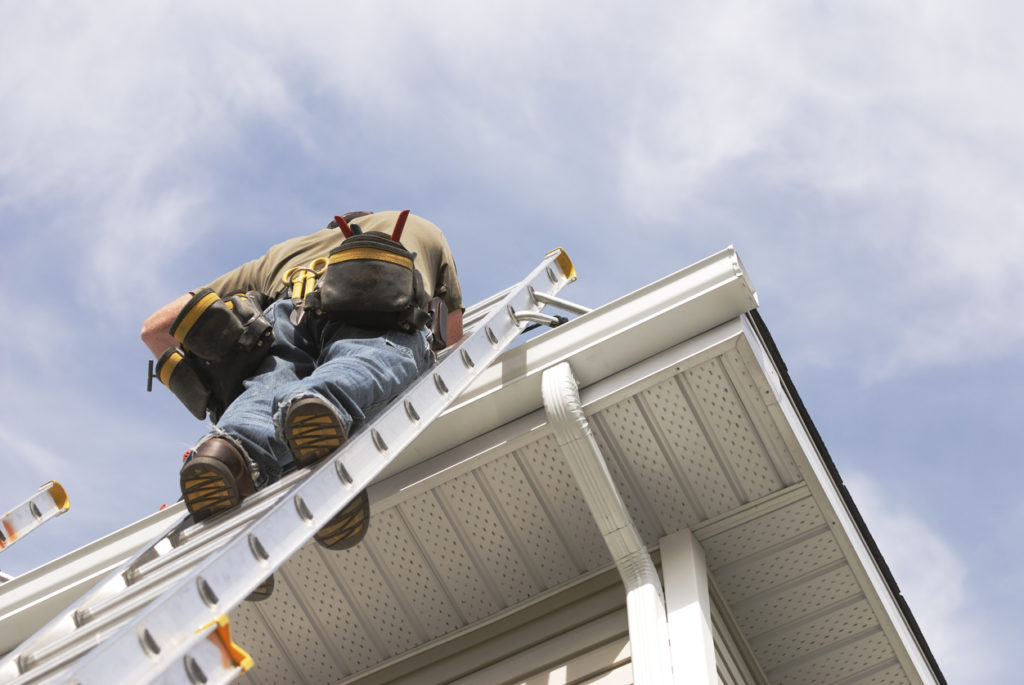
Contrary to popular myth, flooding can happen anywhere in Canada at any time of year – not just along waterways, coastlines or floodplains. Basement flooding occurs due to sewage backups or overland flooding, which is when water flows over the ground and enters buildings through windows, doors or cracks.
Now more than ever it’s important to be prepared for a basement flood as water damage and flooding is the single largest source of personal property insurance claims in Ontario. Increasingly severe weather is only expected to increase the risk of flooding.
There are lots of ways to reduce the risk of flooding and minimize potentially expensive damages. Here are our top recommendations:
Protect your basement windows and doors
Windows and doors at ground level are vulnerable to leaks. You can increase water resistance by putting sealant around basement window frames and the base of doors. Installing flood shields can help prevent water from pooling in window cutouts.
Properly grade your landscaping
You want to make sure your landscaping is graded so that water runs out and away from your basement walls on all sides. A yard that slopes towards your house can funnel water into your basement instead of away from it.
Clear all gutters and drains
You’ve got systems in place to direct water flow, so the first step is to make sure they’re working properly. Grab a ladder and carefully check to see if your roof and eavestroughs are clear of leaves, pine needles and other debris that can clog them during heavy rainfall. Afterwards, have a peek at your basement flood drains to ensure they aren’t blocked or covered up.
Extend your downspouts
The second step is to make sure your downspouts extend at least six feet away from your basement walls and drain water away from your home towards the street, backyard, or back lane.
Install and maintain your sump pump
A sump pump is a submersible pump installed in a pit at the lowest point of the house, usually beneath the basement floor or in the crawl space. It has a valve that can sense rising water levels beneath the home and will automatically pump excess water away from your property via a discharge line into a drainage area to prevent flooding.
If you already have one installed, make sure your sump pump is working properly. If your budget permits, a battery backup will ensure your pump still works in the event of a power outage.
Choose backflow valves for laundry and bathrooms
Installing backflow valves for drains, toilets and other basement sewer connections can prevent basement flooding caused by overloaded sewer lines backing up. The valve automatically closes if water or sewage from the mainline reverses flow and tries to infiltrate your basement bathroom or laundry room.
Conclusion
Preventing a basement flood requires foresight and likely some home upgrades. But combined with the correct home insurance coverage, you can rest assured your home is as prepared as possible for the next thunderstorm or snowfall.
When you experience a flood, an urgent response will limit damage to your home or business. Touch With Care’s team of highly experienced restoration specialists are prepared to act quickly across Toronto and Mississauga. We respond within the hour to limit the possibility of water damage, electrical dangers, the growth of mould and bacteria, and structural harm to your home or business. Contact us when disaster strikes.

